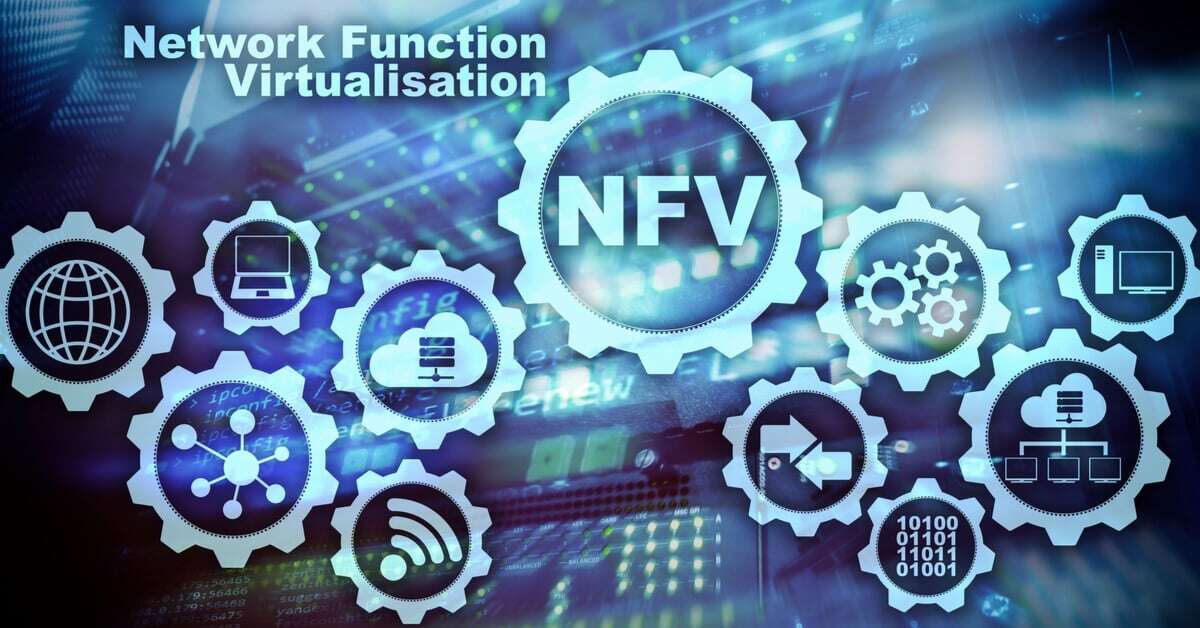NFV architecture: the telco operations revolution

The NFV (Network Function Virtualization) architecture is the most modern answer to the needs of telco operations. Current telecommunications networks include a growing variety of proprietary hardware. This - for example - on the occasion of the launch of new services, requires the reconfiguration of the network and the installation of new equipment which, in turn, requires additional space, energy and dedicated maintenance personnel. The NFV architecture avoids all this, especially today when the continuous innovation cycles dictated by digital transformation requires greater flexibility and dynamism than those based on hardware. In fact, similar to what is now happening with applications supported by cloud environments that are dynamically configurable and automated, the virtualized network functions allow networks to be agile enough to respond in real-time to the needs of the traffic and services passing through them. That is why NFV architecture can be considered a real revolution for telcos.
SDN and NFV: similarities and differences
When talking about NFV architecture, we often compare it with SDN (Software-Defined Networking) technology. The primary similarity is that both technologies use network abstraction, but while the former abstracts network forwarding and other network functions from hardware, the latter separates the control plane functions from the forwarding plane functions. Historically, SDN was born before NFV architecture with the aim of improving IT networks within an organization. NFV, on the other hand, arises from the initiative of telecommunications operators, precisely because it allows you to replace network services such as routers, firewalls, load balancers, XML processing and WAN optimization devices with software that runs on virtual machines. This does not mean that today NFV and SDN can be used together to create an overall programmable, flexible and cost-effective architecture in which, for example, Software-Defined Networking acts as a hypervisor, that is, as a central component, of the NFV.
The components of an NFV architecture
Despite being a recent solution, NFV architecture has almost ten years of history behind it, as many as have passed since the ETSI (European Telecommunications Standard Institute) ISG (Industry Specification Group) was founded in 2012. NFV is driven by seven of the world's leading telecom network operators. The ETSI ISG NFV is helping to define the implementation standards of Network Function Virtualization systems. Based on these standards, NFV architecture includes:
- VNF (Virtualized Network Function), i.e. virtualized network functions that coincide with software applications that enable network services such as file sharing, directory and IP configuration.
- NFVI, i.e. the virtualization infrastructure of network functions formed by the elements of the infrastructure such as processing, storage and network. ETSI is proceeding in the study of an evolution of the NFVI model towards lightweight virtualization technologies such as containers.
- MANO (Management and Orchestration): the framework with which the NFV infrastructure, provisioning and network automation are managed.
The benefits of NFV architecture for telcos
The first advantage the NFV architecture brings to telco operations is that of running multiple functions, as they are virtualized, on the same server. This way, it is possible to optimize resources on a smaller physical space, with a consequent saving in terms of lower costs in hardware, energy and labor. In addition, virtualization means that network functions can be moved quickly to multiple servers based on demand, simply by activating a new VM (Virtual Machine) if it is needed and deactivating it when it is no longer needed. Even if you want to test a new service, the opportunity to do so through an NFV architecture significantly lowers the risk of failure, since it does not involve investments that could prove unproductive later. Finally, telcos have the benefit of providing their customers with different connectivity solutions thanks to the use of various protocols and different technologies.







